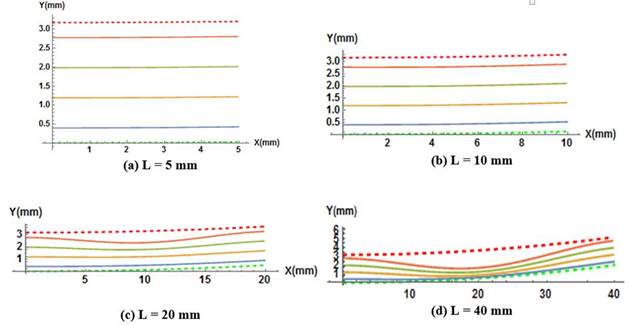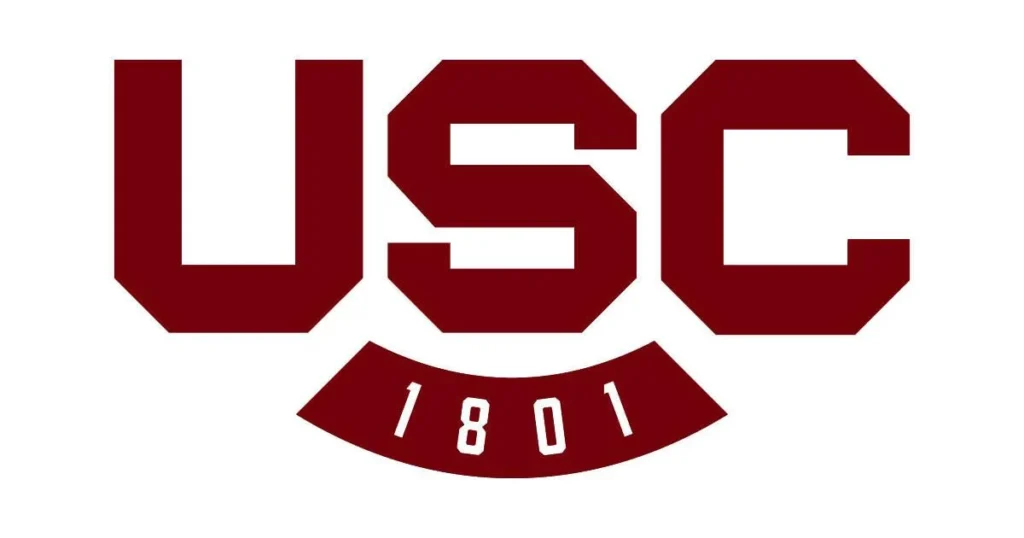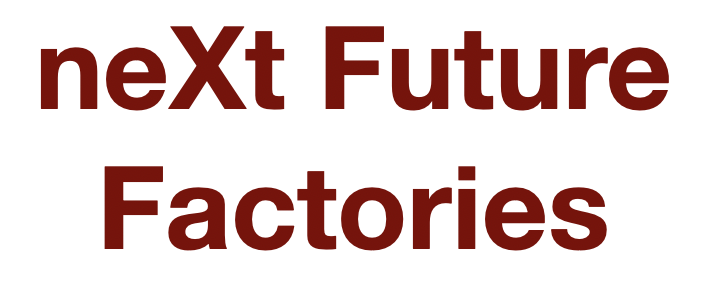
Authors
Roudy Wehbe, Ramy Harik, Zafer Gurdal
Conference
AIAA Scitech Forum, (p. 1271).
Abstract
Automated fiber is placement (AFP) is an additive manufacturing process used to fabricate composite structures for aerospace applications. During the AFP process, fiber steering is needed to manufacture curved-shell structures, or to manufacture variable stiffness plates. Due to steering, the carbon fiber tows undergo several deformation mechanisms which are classified in this paper as strain deformations, in-plane defamations (waviness and bunching) and out-of-plane deformations (wrinkling and folding). The aim of this work is to understand the in-plane deformation mechanisms that might appear during the AFP process. To do so, an approach is presented based on the physics of a constrained path that predicts which of the proposed mechanisms is predominant from an energy standpoint. A numerical scheme is implemented to obtain the final shape of the deformed tow based on the steering conditions as well as other relevant material properties and process parameters. Here only in-plane deformations are considered in the formulation; hence the differential length due to steering is absorbed by fiber waviness or compressive strains on the compressive side of the tow, and fiber straightening/bunching or tensile strains on the tensile side. The importance of the stiffness of the foundation and the steering radius on the final deformed shape of the tow is also discussed.
Citation
Roudy Wehbe, Ramy Harik, & Zafer Gürdal. (January 2019). In-Plane Tow Deformations Due to Steering in Automated Fiber Placement. AIAA Scitech Forum, (p. 1271). doi:https://doi.org/10.2514/6.2019-1271
Link: https://arc.aiaa.org/doi/pdf/10.2514/6.2019-1271
Documents


